Mouse-Eared Chickweed
There are anything up to 20 species, sub species and varieties of Mouse-ear/Cerastium sp in the UK. They are all very similar to Common Chickweed but hairy rather than having a single line of hairs down the stem. They are low growing, typically 10-20cm tall, straggly and scramble over and through grass and other low growing vegetation. It has opposite pairs of oval leaves around a thin stem. The flowers are small, white and with 5 incised petals very similar to chickweed.
Due to their hairiness they are better cooked than eaten raw in a salad.
| Hedgerow Type | |
| Common Names | Mouse-Eared Chickweed, Mouse-eared Chickweed, Common mouse-ear, Starweed. |
| Scientific Name | Cerastium sp |
| Season Start | Mar |
| Season End | Nov |
Leaves
Simple oval leaves with no stalk, up to 20mm, with a central line. Hairy and arranged about the stem in opposite pairs. Looking like….mouse ears.
Flowers
Tiny white flowers up to 4mm with five deeply incised petals making it look like ten. Yellow stamens in the centre.
Other Facts
The mouse ears are common throughout the UK, often as very localised varieties and species such as Shetland mouse ear or in very restricted habitats such as the Alpine mouse ear that inhabits mica schist ledges in Scotland. The ‘common’ species is Common mouse ear.


 (3 votes, average: 4.67 out of 5)
(3 votes, average: 4.67 out of 5)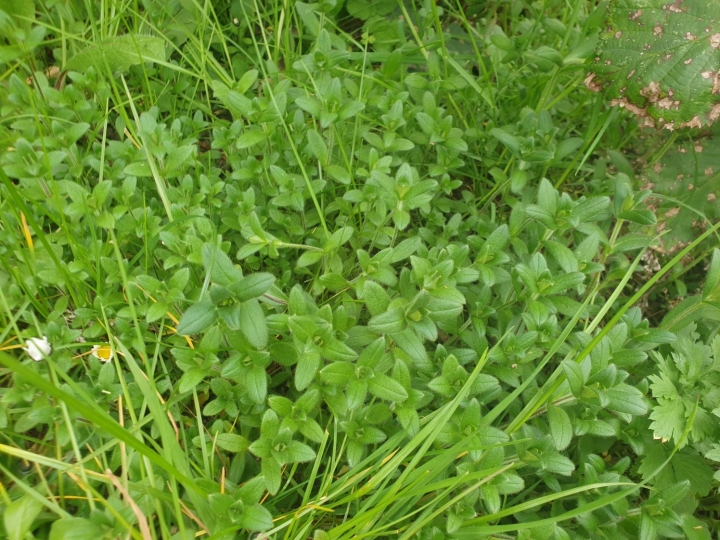












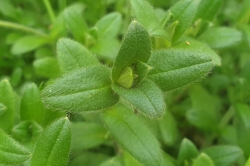
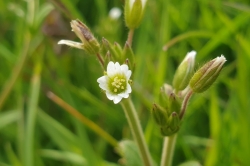
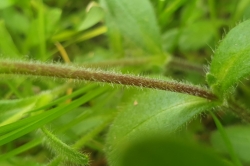
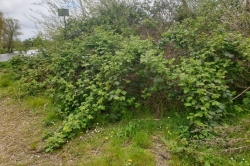





COMMENTS